Tactical Urbanism



“The freedom to make and remake our cities and ourselves is one of the most precious yet most neglected of our human rights. […] The right to the city is far more than the individual liberty to access urban resources: it is a right to change ourselves by changing the city. […] meaningful control over your built environment is not a privilege, but a right, and an essential element in the fight against neoliberal destruction of communities.” 1 “Tactical Urbanism describes the latest response to our basic human instincts: incremental and self-directed action toward increasing social capital, economic opportunity, access to food, safety from natural and human enemies, and general livability.” 2 “Temporary urbanism activates space through spontaneous, low-cost methods,” 3 “Great change can start with just a can of paint.” 2 “The temporality of such projects allows for flexibility and experimentation in urban design.” 3 “One essential component is that development is uneven globally, regionally, and locally. Because of this, all the injustices we talk about in the context of a larger social justice movement are baked into the built environment we inhabit.” 1 “Opportunities for transformation often lie in the spaces we overlook.” 2 “The role of capital in all this should not be overlooked, […] We might make all our blocks short and our buildings facades diverse, but the global capitalist system is still doing its thing.” 1
1. CultureHouse. “Spatial Justice and the Right to the City.” Medium, November 20, 2018. https://culturehouse.medium.com/spatia l-justice-and-theright-to-the-city-55b8dcc4e5b5.
2. Lydon, Mike, and Anthony Garcia. Tactical urbanism: Short-term action for long-term change. Washington, DC: Island Press, 2015.
3. Stevens, Quentin, and Kim Dovey. Temporary and tactical urbanism: (re)assembling urban space. New York: Routledge, 2023.
Key Words: Visually Stimulating, Incremental Change, Placemaking, Bottom-up, Urban Activation, Adaptability, Spatial Justice, Ephemeral, Transformative
Main Keyword: Inclusive Placemaking
Offering tools for community empowerment, temporary placemaking is a perfect solution for incremental change. While this change is a blessing for some, it can be a curse for marginalized communities. To truly grasp the issue, we must confront a pivotal question: Is tactical urbanism genuinely inclusive, or does it leave certain voices unheard?
In the sprawling landscape of modern cities, where the rumble of traffic suppresses the voices of marginalized people, and places were designed with exclusion in mind, a grassroots movement called tactical urbanism had risen as a counteract against these injustices. While tactical urbanism incorporates transformative bottom-up tactics to reimagine city designs through community involvement, accomplishing inclusive designs and spatial justice requires implementing Inclusive placemaking; a tactic that fosters belonging and dialogue, in return reshaping relationships within the city.
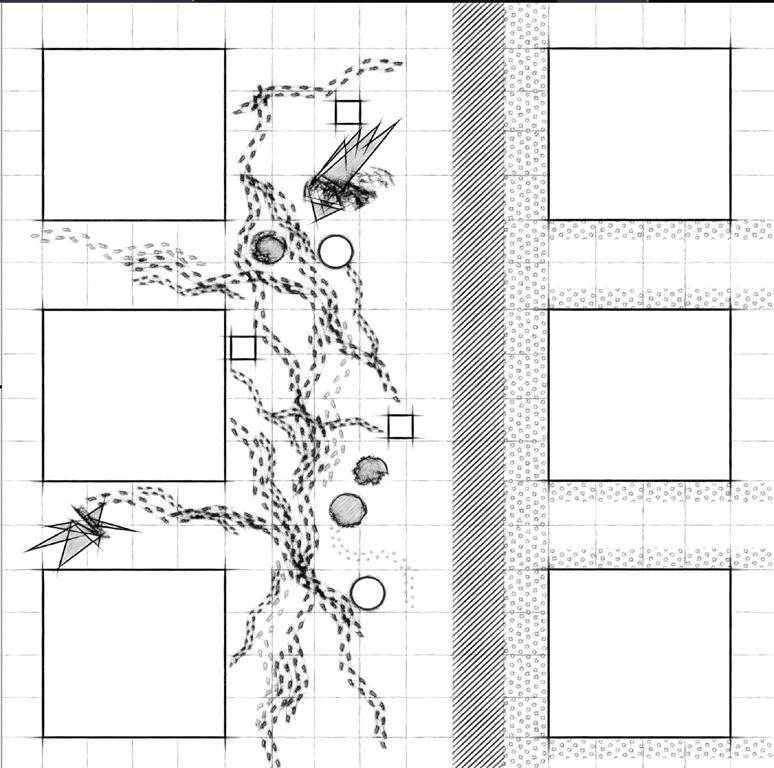
Tactical urbanism is an approach that employs tactics in urban design, aimed towards declaring a statement against the powerful strategies used in city planning. According to the writers of Tactical Urbanism: Short-term Action for Long-term Change, Mike Lydon and Anthony Garcia, “In his seminal The Practice of Everyday Life, de Certeau argues that strategies are the formal tool of the powerful (government), and tactics serve as the response of the weak (citizens).” (2)

The value of tactical urbanism lay in “breaking through the gridlock of what we call the Big Planning process.” (2) In breaking through the gridlock of the city, multiple tactical interventions can be established. These interventions usually range in size but unite in their ephemerality. The interventions usually “are mobile in the sense that they are easily and quickly moved from place to place,” which gives them the quality for adaptability in representation and function. (5) Furthermore, tactical urbanism and correct placemaking should have the effect of increasing the transparency of the city, achieving urban activation , and creating desirably engaging interventions.

Tactical urbanism is also a great instrument for shaping community recovery. Amidst the struggle in sustaining life, communities creatively recovered dismantled items and reused them to retain urban livability. This initiative has provided multiple communities with means to thrive and continue despite crisis and the happening of disasters , especially during the COVID 19 pandemic and its aftermath of reshaping the experience of human interaction. Such examples are an indicator of how communities utilize tactical urbanism unconsciously, without holding previous knowledge about the movement.
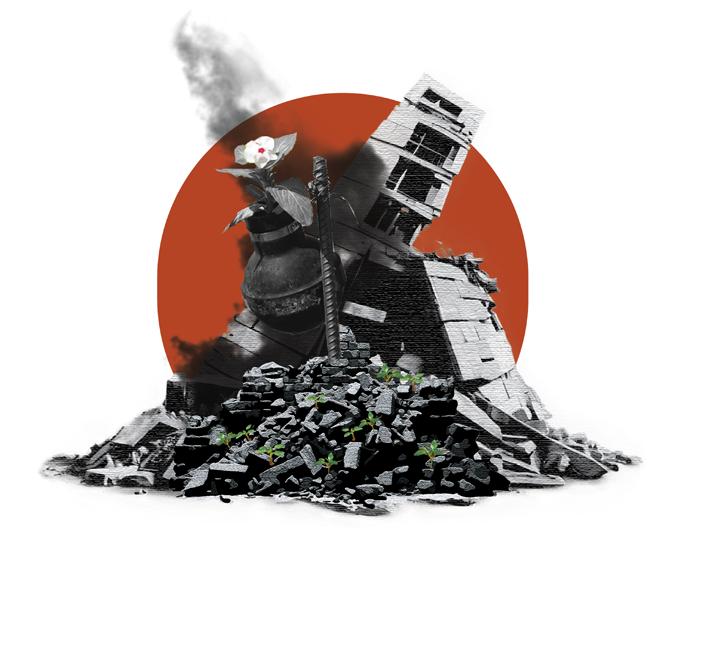
Tactical interventions scales range from small to large scale ones. These interventions which “At [their] smallest scale, […] involve a change of image without changing the use of public space.” Small projects range from urban artworks , parklets , to pop-up libraries and food trucks. Conversely, large-scale tactical interventions according to the writers of Temporary and Tactical Urbanism Quentin Stevens and Kim Dovey, could be temporary cinemas, exhibition spaces and community gardens . (5)




While drawing great benefits to city design, placemaking within Tactical urbanism can have adverse results if not applied with care. “The idea of the city as a laboratory in which we can test ideas within a temporary framework is appealing but also has limitations and drawbacks.” (5) Temporary placemaking can bring positive incremental changes. However, it can also continue to reinforce disparities within communities and may replicate the same inequalities it seeks to address.
It is essential to acknowledge past Inequalities performed by city planners and their relationship to present-day placemaking. These inequalities have been an instrument involved in city planning compositions, played to create divide, enforce superiority against certain communities, thus marginalizing them as an encore. As modern cities started blooming, the modern person refused to stay within this cycle of marginalization, which resulted in the continuous improvement of the individuals’ living experience.
Being a receiver, marginalized communities suffered greatly from this inconsistency in city planning. As a result, they started mistrusting new projects and interventions, viewing them as tools for displacement; especially when their needs and priorities are not represented as part of these interventions. This created detachment between these communities and the cities they live in, which deprived them of having a sense of belonging and being wanted in the city. This detachment, along with lack of monetary funding is usually the reason why some tactical projects fail in poor communities.
In recent years, state and private interests have discovered a way to camouflage private interests as public interests using tactical placemaking, transforming it into a new form of top-down strategic planning. This misapplication of placemaking, whether intentional or accidental, could result in privatization, gentrification and displacement of marginalized communities. (5) These injustices emerge as the result of prioritizing a community over another basedon race, affluency and other categories of discrimination.
Terrain vogue, are abandoned spaces in urban areas outside of the social, cultural, and economic circuits of urban life. Terrain vogue sites “have long been recognized as sites of homeless refuge, urban memory, childhood imagination and wild flora and fauna.” These sites have been continuously a target of “t/t interventions [that] have been intentionally deployed in such spaces to displace such socially marginal and illicit activities.” (5)
Another example showing the misuse of placemaking is the Backyard , an event place in Edmonton, Canada. This event place is described as a “tiny island in a sea of cars,” where it is a good place “to get heatstroke and inhale exhaust,” by citizens living there. The space is also not free of charge, which prevents poor communities from interacting with the place, and joining its events. As such, The Backyard is considered a living example of a noninclusive intervention. (4)
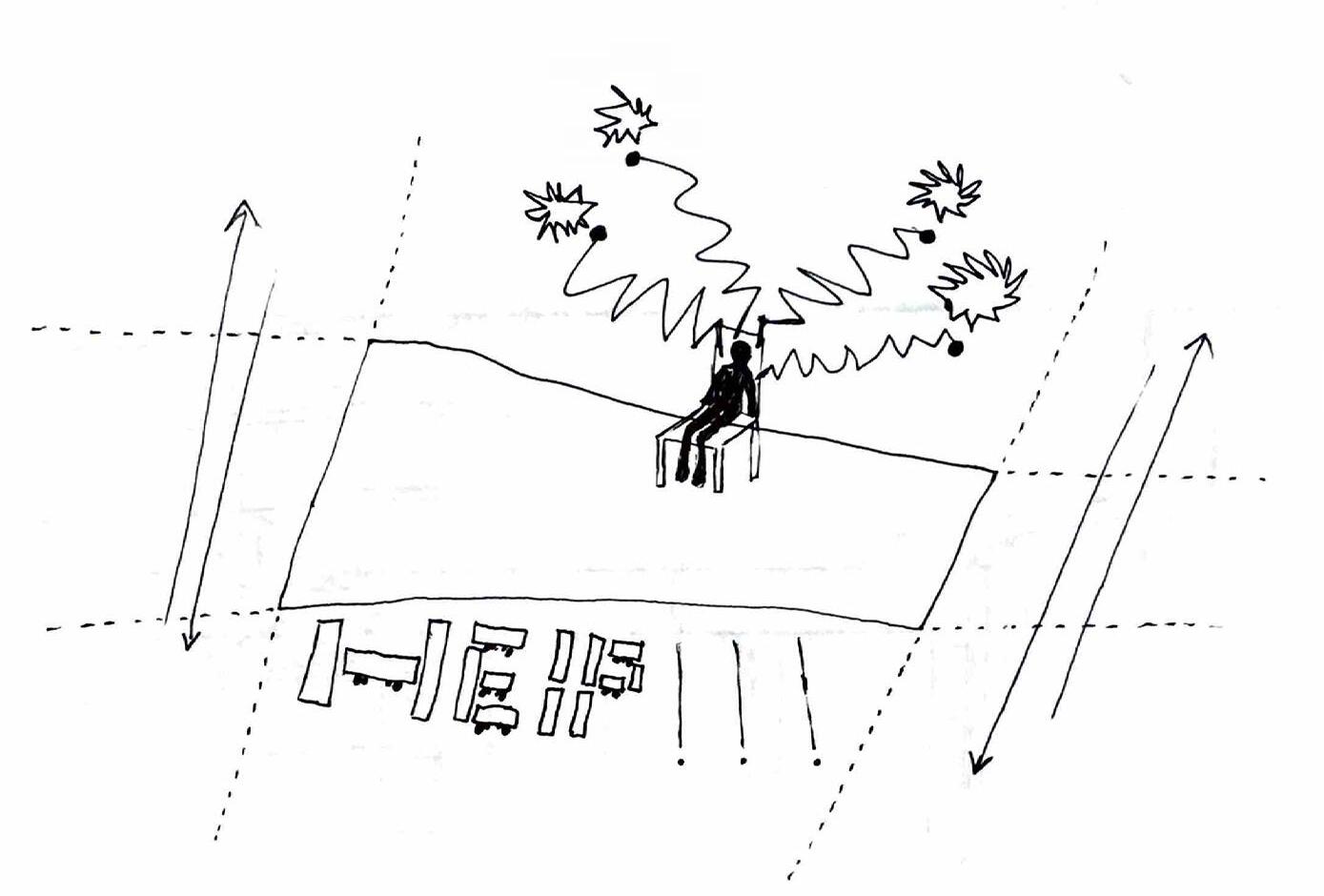
To prevent such misuse, including community voices and needs during and after design process is an innovative formula for sustainable communities. This formula also eliminates spatial fragmentation , supports healthy individuals, and improves cities’ livability. Moreover, establishing inclusivity during placemaking will prevent the misapplications of this tactic. An adequate knowledge of what inclusive placemaking is will also allow participants and volunteers in community groups to protect and advocate for their neighborhoods and communities, against state and private interests’ greed.
A prominent instance of inclusive placemaking is Share-it Square , located in Sherret Street and 9th Avenue, in the Sellwood Neighborhood of Portland, Oregon. What started as an unauthorized gathering place transformed into a sustainable intervention that gave the neighborhood residents an outlet of self-expression. The square acts as a gathering place with a painted street mural and different street furniture, such as reading benches and a tea station. Every year since 1996, the square is repainted with cultural representations and seasonal paintings.
The square is a paved intersection that is accessible for people with disabilities and safe for children’s participation. Mark Lakeman, a Sellwood neighbor that implemented the square, gave feedback about the reason of selecting an intersection as the project’s site and mentioned that “In America, our great archetype is the main street, which is not really a center. It’s just a flow. It’s a movement corridor, and you have to yell across the street because there isn’t a place in the middle. There isn’t a social commons that you can attain and occupy.” (3)


Another example is Barrios Vitales or Vital Neighborhoods, located in San Felipe neighborhood in Bogota, is a project established in 2022 with the purpose of reclaiming the street from cars. The project uses low-price materials such as paint and planting pots to slow down traffic in the neighborhood, thus increasing safety and accessibility.

To replicate similar successes and regain community trust, several transcriptions leading to inclusive placemaking can be followed:
• Listening to community needs. This can be achieved through collaborating with community partners and nonprofit organizations to list community needs and ensure inclusion. Also connecting people together by scheduling events related to tactical urbanism and recent interventions.
• “Great change can start with just a can of paint.” (2) Deploy affordable and recycled materials into making tactical projects. This strategy will give an opportunity for poor communities to participate in improving their neighborhoods and being part of the action. Using low-price materials will also ensure the sustainability of the project.
• Selecting sites that are accessible for people with disabilities or modifying the sites to become accessible using ramps and paint.
• Beautify projects with culturally significant elements and visually stimulating colors to propose familiarity, thus creating a bond between people and tactical projects, and enhancing diversity.
• Creating mediums for interactions and giving feedback, while making these mediums accessible at all times.
Fulfilling the premise of these tactical transcriptions, planning a “Tactical Placemaking” festival is a fun and engaging method to introduce tactical urbanism to people, and inform them about events and interventions to participate in and volunteer to achieve. The festival will feature food trucks and booths made from recycled materials, which will be wearing eye-catching colors to give participants a mockup of proper tactical urbanism applications. The festival will happen in collaboration with community members and local artists, and materials like kits and paint will be given out for people to participate in a public workshop during the festival.
Better Block is a non-profit organization that helps communities with making inclusive grassroots projects. This organization also has a ‘ Wikiblock library ’ of booths designed by the communities, free of charge, accessible to everyone. These booths will be an important element to include in the festival as community achievements and visions.
While Better Block has a website, it can be difficult to find information about the organization without research, or it being referred to by a previous user. To make access to such organizations easier, a creative platform such as a mobile app will allow people to post about their experiences to teach users about tactical urbanism. Other features in the app will also provide a directory of affordable materials to start up projects, projects examples, tactical events, and books about the movement. The platform will enable usability from different age groups, thus sharing wisdom and new perspectives about the movement.






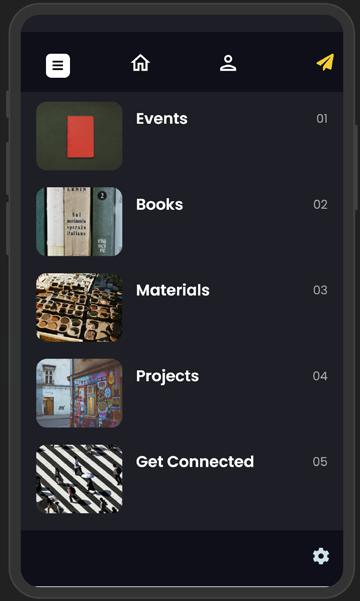


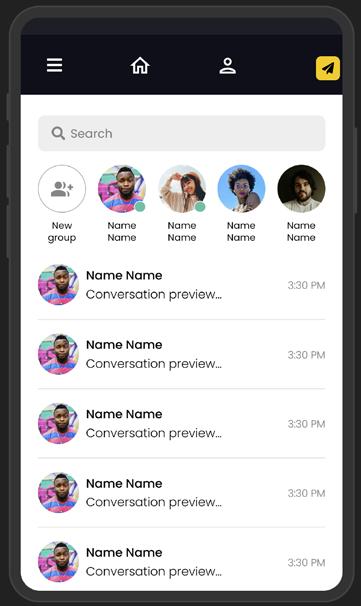
Inclusive placemaking goes beyond the function of a design philosophy; it is a movement that seeks to create places where everyone, regardless of background or identity, feels a sense of belonging. By prioritizing diversity, accessibility, and community engagement, inclusive placemaking fosters environments that promote social equity and cohesion. The process fosters the cultivation of relationships, ensuring that all voices are heard and respected in the creation and transformation of public areas.
The impact of inclusive placemaking reaches far beyond the immediate benefits of better public realms; it strengthens communities by making them more resilient, adaptable, and connected. These realms invite collaboration and foster a sense of shared ownership, empowering people to take an active role in the urban environment. The future of urban development hinges on creating places that reflect the needs and aspirations of all, particularly marginalized people.
As modern cities continue to grow and evolve, the importance of inclusive placemaking lies in its peacemaking; It holds the potential to bridge divides, spark innovation, and create vibrant places that reflect the true diversity of urban life. In the end, inclusive placemaking is about envisioning a future where achieving belonging frees the city from the shackles of urban restriction.
(1) CultureHouse. “Spatial Justice and the Right to the City.” Medium, November 20, 2018. https://culturehouse. medium.com/spatial-justice-and-the-right-to-the-city-55b8dcc4e5b5.
(2) Lydon, Mike, and Anthony Garcia. Tactical urbanism: Short-term action for long-term change. Washington, DC: Island Press, 2015.
(3) “Restreets.” re. Accessed November 18, 2024. https://www.restreets.org/case-studies/share-it-squaresunnyside-piazza.
(4) R/fuckcars on reddit: My city’s attempt at Tactical Urbanism. seems like a good place to get heatstroke and Inhale Exhaust. Accessed November 18, 2024. https://www.reddit.com/r/fuckcars/comments/ocj4yv/my_ citys_attempt_at_tactical_urbanism_seems_like/.
(5) Stevens, Quentin, and Kim Dovey. Temporary and tactical urbanism: (re)assembling urban space. New York: Routledge, 2023.